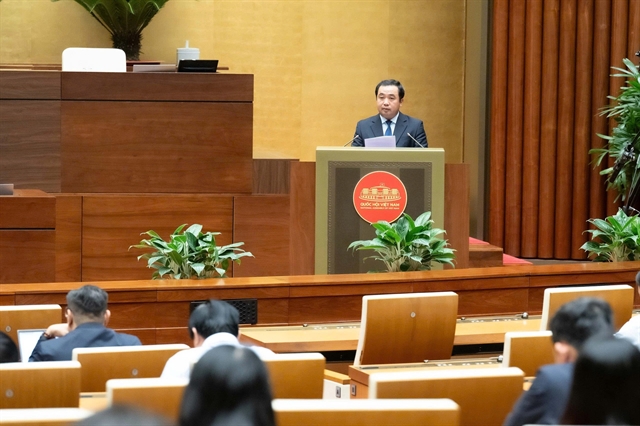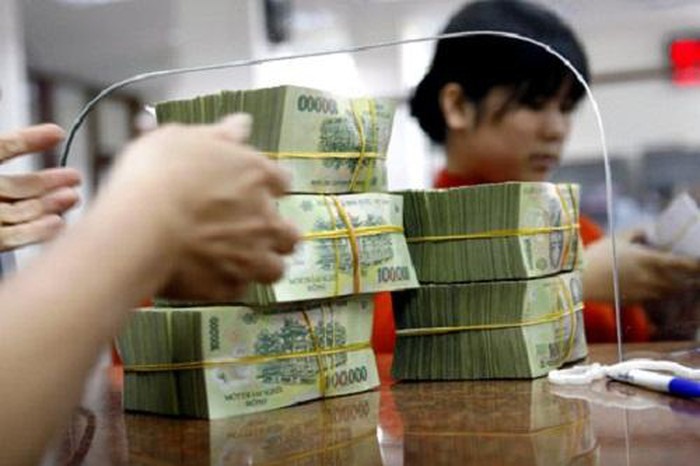 Economy
Economy

Việt Nam’s credit growth in the first two months of this year expanded by just 0.77 per cent against the end of 2018, the lowest level in the past few years, reports from the Ministry of Planning and Investment (MPI) showed.
 |
| Mobilised capital in the first two months of 2019 rose by 1 per cent. - VNA/VNS Photo |
HÀ NỘI — Việt Nam’s credit growth in the first two months of this year expanded by just 0.77 per cent against the end of 2018, the lowest level in the past few years, reports from the Ministry of Planning and Investment (MPI) showed.
The rise in the same period in 2018 and 2017 was nearly 2 per cent.
During the two-month period, mobilised capital rose by 1 per cent, with interest rates tending to rise in the few weeks before the Lunar New Year and drop after the country’s largest holiday, according to the report.
Interest rates for đồng deposits averaged at 4.5-5.5 per cent per year for terms of less than 6 months, 5.5-6.5 per cent per year for terms of 6 to 12 months and 6.6-7.3 per cent per year for 12-13 months.
The rates were at some 6-9 per cent for short-term loans and 9.0-11 per cent for medium- and long-term loans.
In a move to boost economic growth, Prime Minister Nguyễn Xuân Phúc last week asked the State Bank of Việt Nam to boost credit in the Government’s priority areas, including agriculture businesses, firms producing goods for export, small- and medium-sized enterprises, enterprises operating in auxiliary industries and high-tech enterprises including start-ups, so that experts believe the credit growth would expand at a faster rate in the coming months.
The Government set a credit growth target of 14 per cent this year, which both domestic and foreign experts believe to be reasonable. The rising rate was the same as last year when it saw the lowest growth rate since 2014.
Moody’s Investors Service has so far also hailed the moderation in Vietnamese banks’ credit growth, saying it was positive for their asset quality and capitalisation.
According to Moody’s, tighter credit can lead to rising problems for loan ratios, reflecting the seasoning of banks’ loan portfolios. However, lower credit growth encourages banks to focus on borrowers of better quality, which will improve asset quality in the long term.
The moderation in credit growth will also lower pressure on capital, especially for State-owned banks, the rating agency said in a recent report. — VNS




